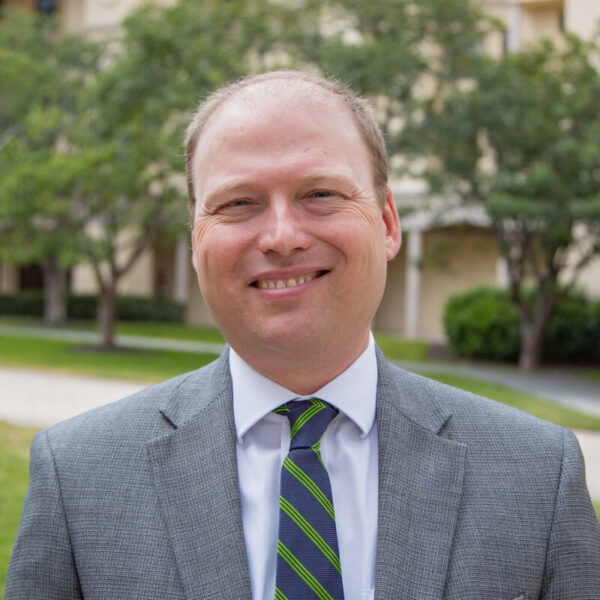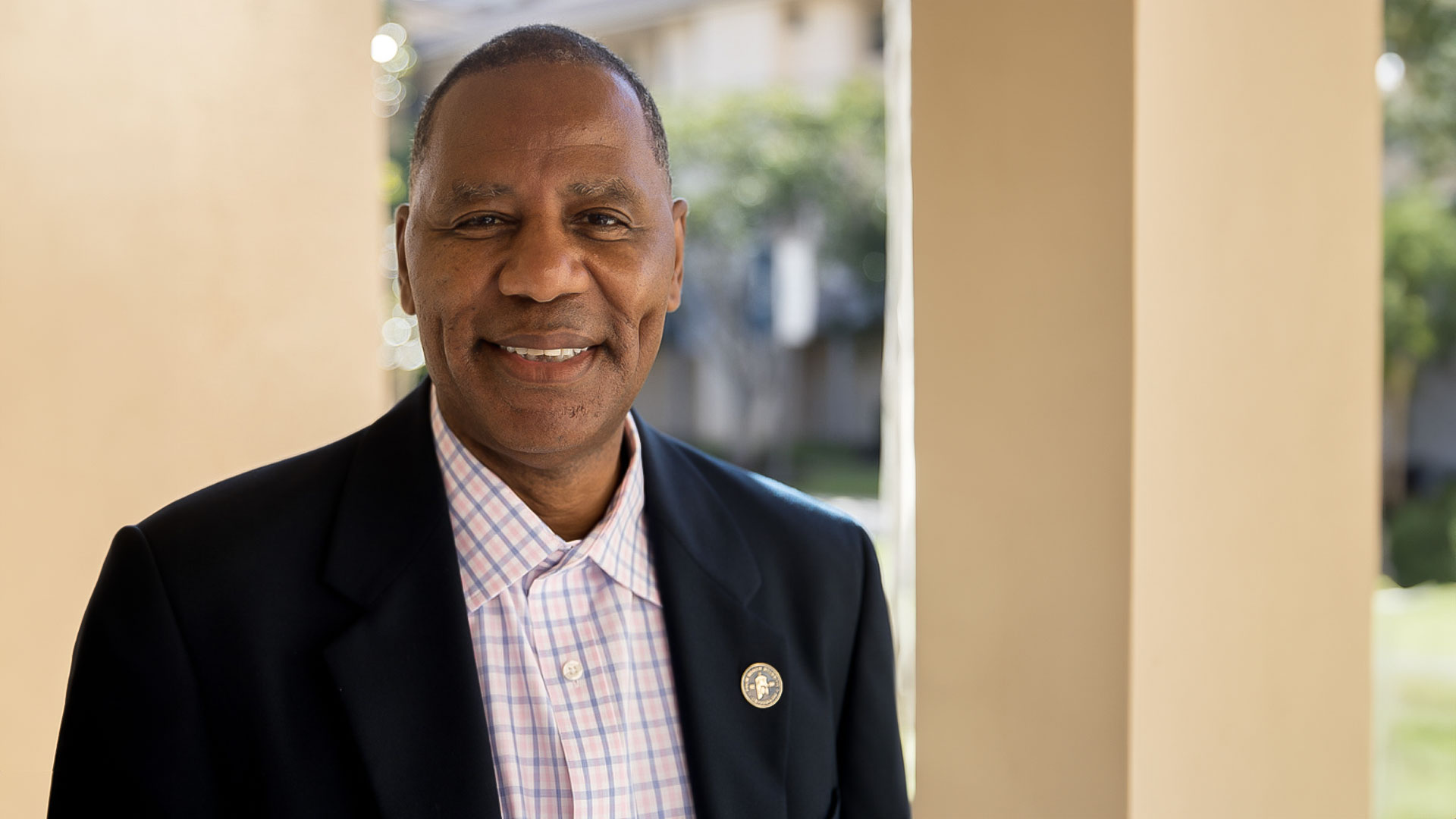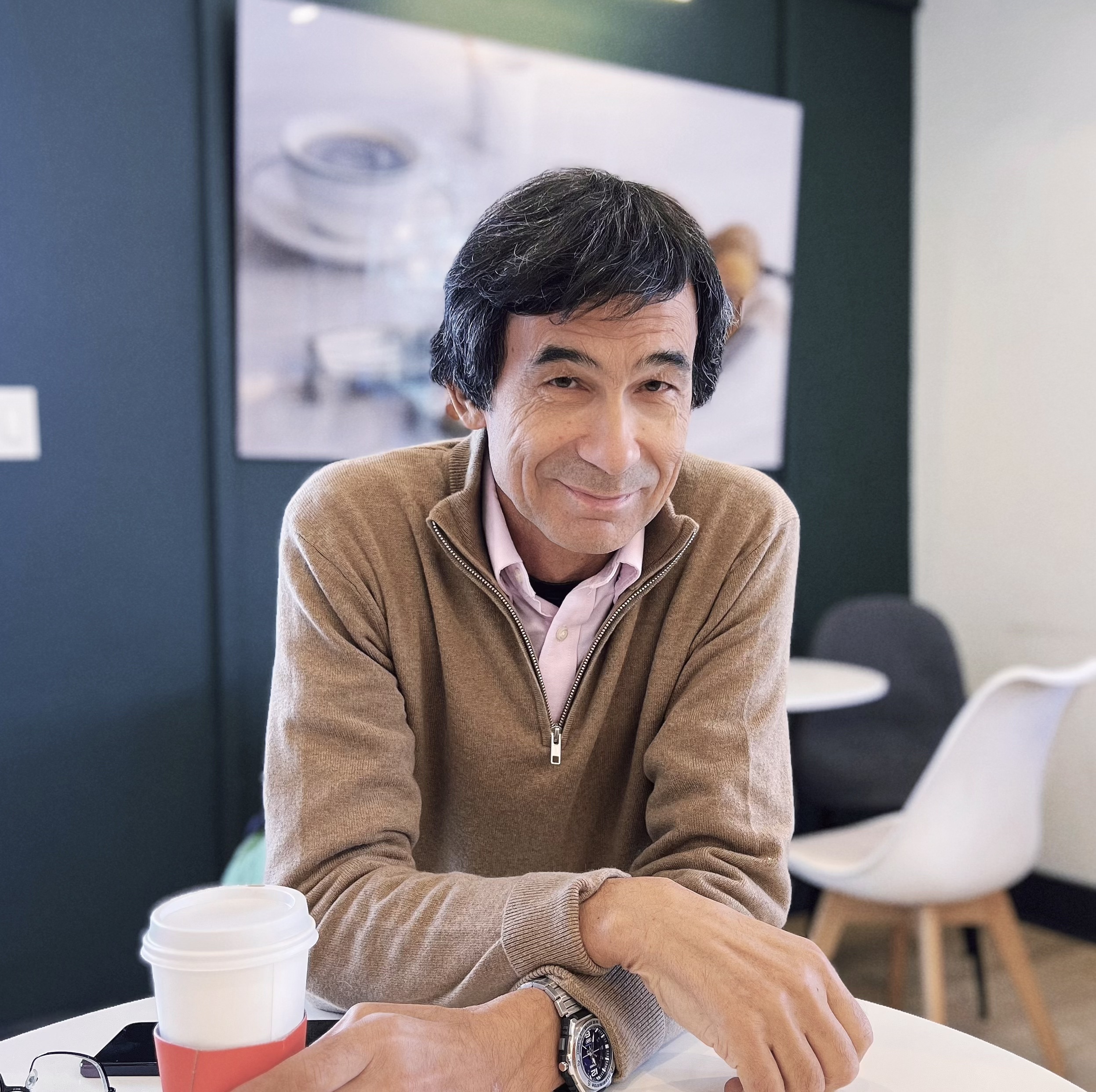Stories from the Bible came alive for students as they stood on the banks of the Jordan River, smelled the Sea of Galilee and looked out from atop the Mount of Beatitudes.
Professors wanted to give students context for what they’re reading in their classes and to expose them to contemporary issues, said history Professor Dr. Gary Poe. He led the trip with Dr. Justin Hardin, professor of biblical and theological studies, and Dr. Vic Copan, professor of ministry, leadership and biblical studies.
Thirty students visited the most revered sites in Christianity during a two-week tour of the Holy Land — Israel, Jordan and Palestine. Their schedule included stops at the Jordan River, where Jesus was baptized; the Mount of Beatitudes, where Jesus delivered the Sermon on the Mount; and Mount Nebo, where Moses looked out at the Promised Land.
At the Church of the Nativity in Bethlehem, students knelt down and touched a stone from the first century that’s within meters of the birthplace of Christ. A few steps away marks the spot where the manger stood. The experience made the stories of the Bible seem so much more real for graduate student Grace Postorino.
“I’ve grown up in the church. I’ve read these stories, heard these stories and taught these stories for years,” she said. “That’s when it hit me — this is real. I have no doubt that every single word in the Bible is true.”
Atop the Mount of the Beatitudes, she and other students from Hardin’s Greek class recited the Lord’s Prayer and the Beatitudes in Greek.
Students listen to their guide explain their surroundings at Jerash in Jordan. It was one of many sites they visited during a two-week tour of the Holy Land.For William Eames ’19, the trip didn’t start out as a religious one. The psychology major and history minor just wanted to see all the beautiful places that he had heard so much about. But as he saw the beauty firsthand and listened to professors and fellow students read stories from the Bible where they took place, “it was eye-opening.”
“It’s so beautiful that it had to be created by someone,” Eames said. “It was a new spiritual awakening.”
Eames accepted Christ into his life, and Hardin baptized him in the Jordan River. Nine other students were baptized, some for the first time.
Students met with a Palestinian Christian from the Holy Land Trust, which works toward peace and reconciliation in the region. Students also visited Yad Vashem, the Holocaust memorial in Israel.
“When you watch the news, it’s not just a distant generality,” Poe said. “It literally fleshes things out and brings words to life.”
Meeting Elias, a Greek Orthodox Christian who grew up in Palestine, changed several students’ perspectives on the Israeli-Palestinian conflict. Alex Aken, a junior studying ministry, recounted how Elias shared about the deep fear and anxiety that he experienced reading about the God of Israel in the Old Testament. His fear and anxiety only worsened after an artificial peace agreement between Israel and Palestine led to more hatred and violence.
Aken learned from Elias that “the only way to deal with our fear and pain is to address it head on,” and that “the only way to truly love your enemies is by putting yourself in their shoes.” As an American, Aken said he’s always thought Palestinians were Muslims or extremists. Now he realizes that’s not true.
“There are Christians, there are Jews, there are Muslims — people from all faiths and backgrounds who are Palestinians,” Aken said.
Aken also came away with a better understanding of the wilderness and the desert in the biblical narrative. For example, he understands why God would lead His people through the desert, where they are totally dependent on His help.
“I’ve been able to see that when you’re in the desert, there is nothing else around you,” Aken said. “You have to be honest with yourself. You have to be honest with God.”
Students and their professors pose for a photo while exploring the “rose-red” city of Petra in Jordan. The city is carved out of the rock of the cliffs that surround the valley.Alexa Lora ’19, a biology major, wanted to learn more about the culture in the Middle East and visit all of the historically and biblically-significant sites. The Holy Land tour allowed her to do all of that while fulfilling an honors elective requirement. Students earned academic credits for the trip.
Two places, in particular, left an impression on her — Petra, so well-preserved after 2,000 years, and Jerusalem, which has endured so much destruction and rebuilding.
Being immersed in the places where Jesus lived and died reminded her that all of the Bible stories really happened. It instilled hope that despite everything that’s happened throughout history, “Jesus remains the same,” Lora said.
Traveling increases understanding, she said.
“It’s a perfect learning opportunity, and I would do it again in a heartbeat,” Lora said. “It’s priceless. It’s just amazing.”


